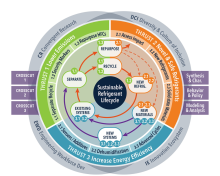TWAS-Samira Omar Innovation for Sustainability Award
The 2025 award will be awarded to a scientist national of a Least Developing Country (LDC), living and working in a LDC during the last two years immediately prior to his/her nomination, based on scientific achievements in any of the thematic areas below
